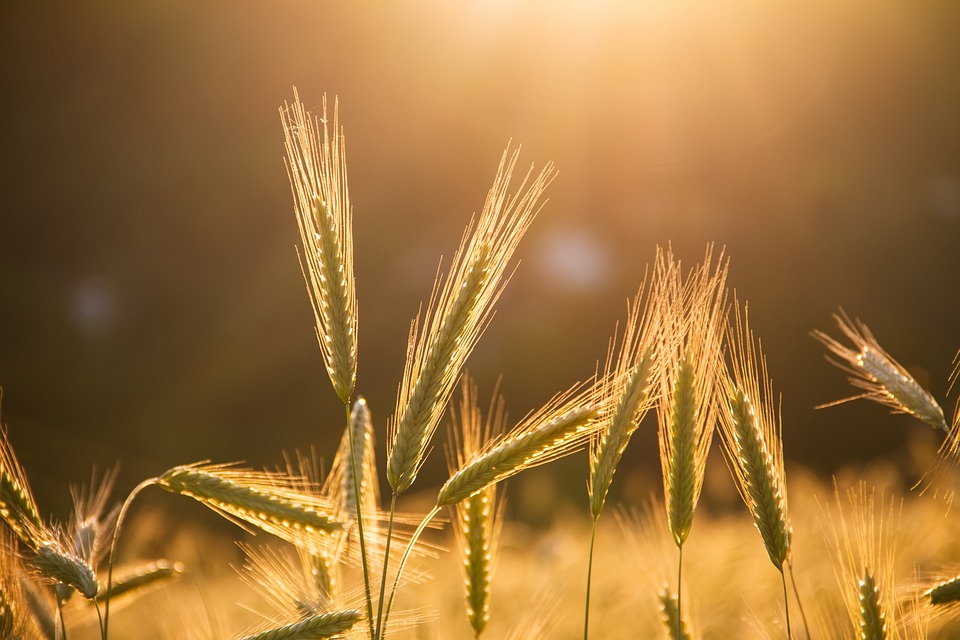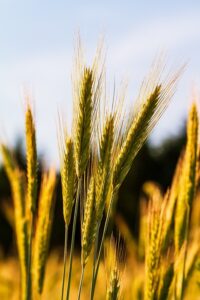The History of Rye Farming
Rye is a cereal grain that has been grown for thousands of years and has played a significant role in the diets of various civilizations throughout history. The earliest archaeological evidence of rye cultivation dates back to 1800 BC in Central Europe, where it was grown as a staple crop for both human consumption and livestock feed.
The Early Techniques
In the early days of rye farming, primitive techniques such as hand planting and harvesting were used. Farmers would sow rye seeds by scattering them over the soil and then lightly covering them with a rake or plow. Harvesting was done by hand using sickles or scythes, and the grain was threshed by beating it with a flail or trampling it with horses or oxen.
The Industrial Revolution
The Industrial Revolution in the 18th and 19th centuries brought significant advancements to agriculture, including rye farming. The invention of the seed drill by Jethro Tull in 1701 revolutionized planting techniques, allowing for more precise and efficient sowing of seeds. This led to increased yields and improved crop quality.
Mechanization
The 20th century saw further advancements in rye farming techniques with the introduction of mechanization. Tractors replaced horses and oxen for plowing and harvesting, leading to increased efficiency and productivity. Combine harvesters were also developed, allowing for faster and more efficient harvesting of rye grain.
Modern Rye Farming Techniques
Today, rye farming has evolved significantly from its early roots, with modern techniques incorporating the latest technology and practices to optimize yields and sustainability.
No-Till Farming
One of the most significant developments in rye farming in recent years is the adoption of no-till farming practices. No-till farming involves planting seeds directly into untilled soil, eliminating the need for plowing and reducing soil erosion. This practice helps to retain moisture in the soil, improve soil health, and reduce the carbon footprint of farming operations.
Crop Rotation
Crop rotation is another important technique in modern rye farming. By rotating rye with other crops such as legumes or cover crops, farmers can improve soil fertility, reduce pest and disease pressure, and increase overall yields. Crop rotation also helps to break weed and disease cycles, leading to healthier and more productive fields.
Genetic Engineering
Advances in genetic engineering have also played a significant role in the evolution of rye farming techniques. By developing rye varieties with improved resistance to pests and diseases, as well as higher yields and nutritional content, farmers can grow more productive and sustainable crops. Genetic engineering has also led to the development of herbicide-resistant rye varieties, allowing farmers to control weeds more effectively without harming the crop.
The Future of Rye Farming
As the demand for food continues to grow and climate change poses new challenges to agriculture, the future of rye farming will likely see further advancements in technology and practices to ensure sustainable and productive farming operations.
Precision Agriculture
Precision agriculture is an emerging trend in rye farming that involves the use of technology such as GPS, sensors, and drones to optimize farming practices. By collecting and analyzing data on soil conditions, weather patterns, and crop health, farmers can make more informed decisions on planting, fertilizing, and pest control, leading to increased yields and reduced input costs.
Sustainable Farming Practices
Sustainability is a key focus for the future of rye farming, with farmers increasingly adopting practices such as organic farming, agroforestry, and conservation agriculture to minimize the environmental impact of their operations. By reducing chemical inputs, improving soil health, and conserving water resources, farmers can ensure the long-term viability of rye farming for future generations.
Collaboration and Innovation
Collaboration and innovation will be crucial for the future of rye farming, as farmers, researchers, and industry stakeholders work together to develop new technologies and practices to address the challenges of a changing climate and growing population. By sharing knowledge, resources, and expertise, the rye farming community can continue to evolve and thrive in the face of new challenges and opportunities.
In conclusion, the evolution of rye farming techniques has been a long and varied journey, from the simple hand planting and harvesting methods of ancient civilizations to the high-tech precision agriculture practices of the modern era. As rye farming continues to adapt to new challenges and opportunities, the future holds great promise for sustainable, productive, and innovative farming practices that will ensure the continued success of this essential crop.





